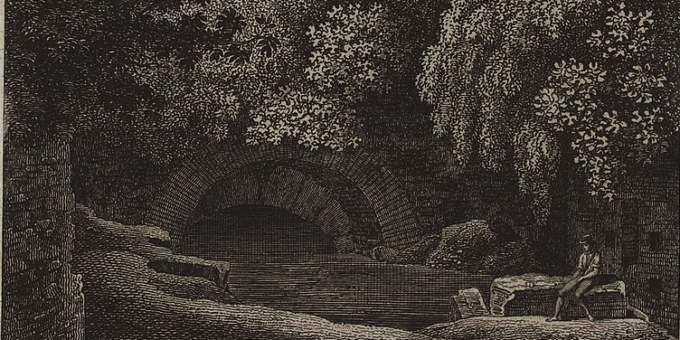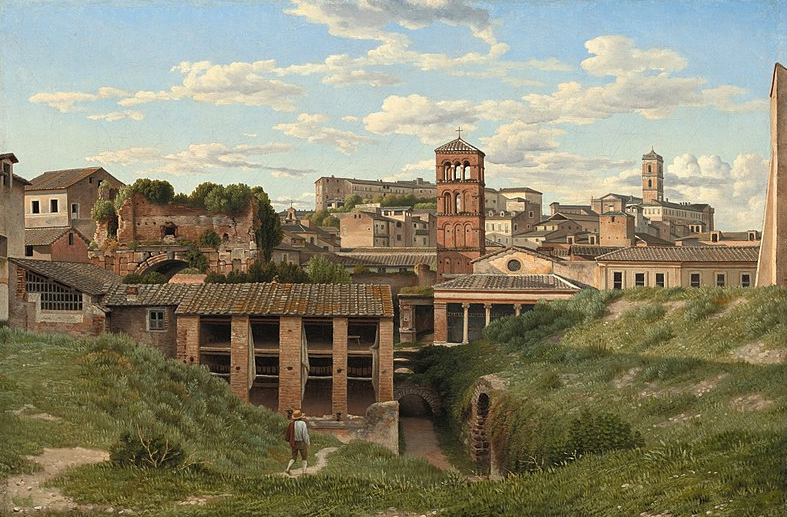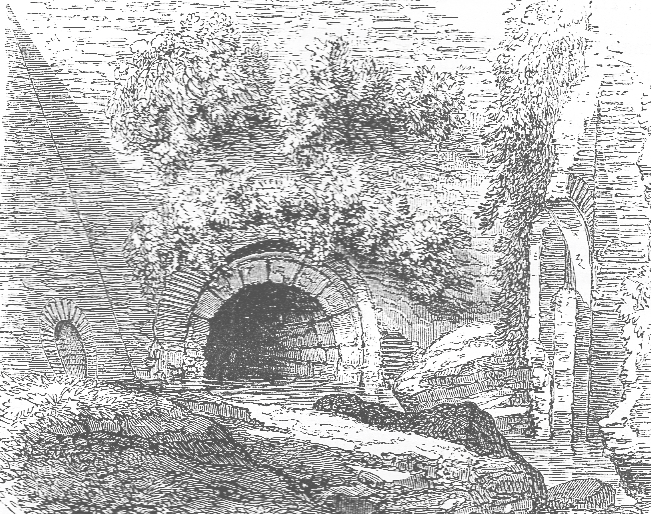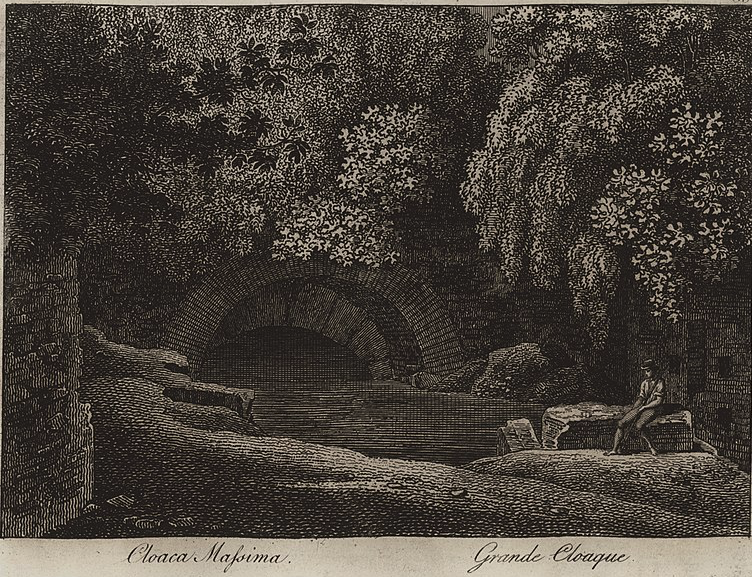
Cloacina is an interesting figure in Roman mythology and history, often associated with sanitation and cleanliness.
For this blog post, we are going to take a look at six quick facts about Rome’s sewer goddess and how she was revered.
1. Origin of Her Name
The name “Cloacina” is derived from the Latin word “cloaca,” which means sewer or drainage system. It reflects her association with the ancient Roman sewer system, particularly the Cloaca Maxima, which was one of the earliest and most significant sewage systems in the world.

2. Goddess of Sewers
Cloacina was revered as the goddess of sewers and sanitation. She was believed to preside over the proper disposal of waste and the cleanliness of the city of Rome.
Romans offered prayers and sacrifices to her for the maintenance of the sewer system and the prevention of disease.
3. Symbolism
Cloacina’s significance extended beyond mere sanitation. She was also associated with purification and renewal. Her role in ensuring the flow of water and waste away from the city was seen as vital for maintaining the health and prosperity of Rome.

4. Cult Worship
Although Cloacina was not one of the major deities in the Roman pantheon, she had a cult following, particularly among those involved in the maintenance of the sewer system. Temples and altars dedicated to Cloacina existed in Rome, and rituals were performed in her honor.
5. Marital and Maternal Aspects
In addition to her association with sanitation, Cloacina was sometimes linked to marital fidelity and protection of children.
This aspect of her worship likely arose from the belief that a well-maintained sewer system contributed to the health and well-being of families.

6. Historical References
References to Cloacina can be found in ancient Roman literature and inscriptions.
For example, the Roman poet Ovid mentions her in his works, and there are inscriptions and dedications to Cloacina found in archaeological remains associated with the Cloaca Maxima.

